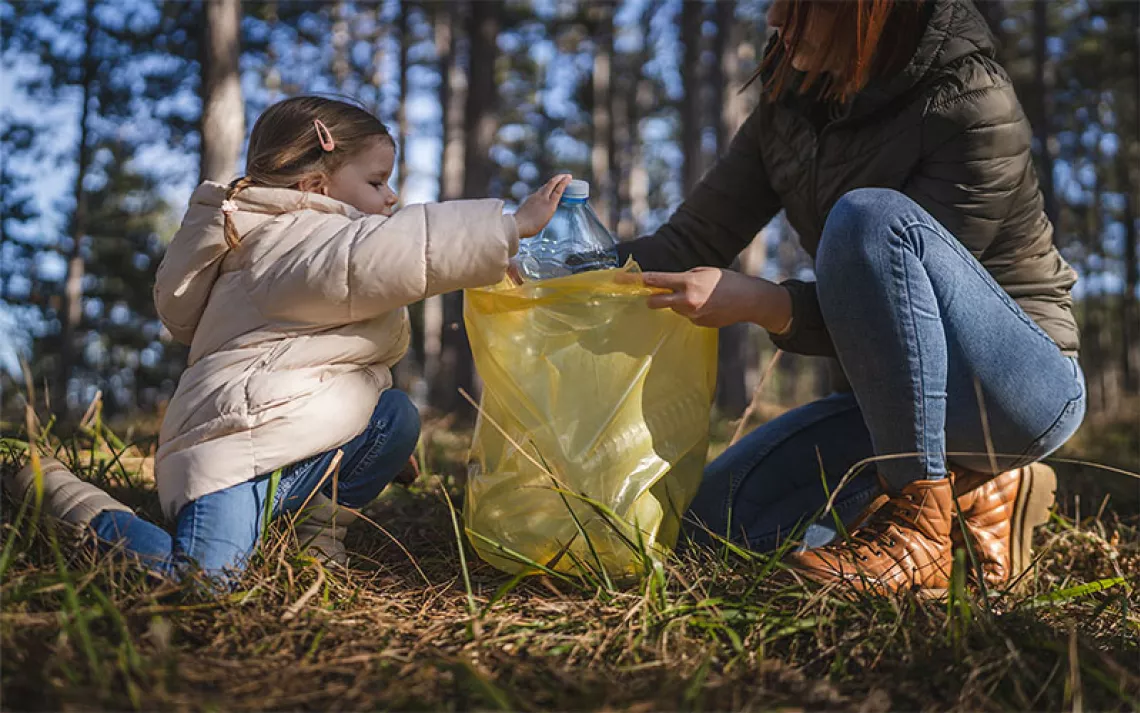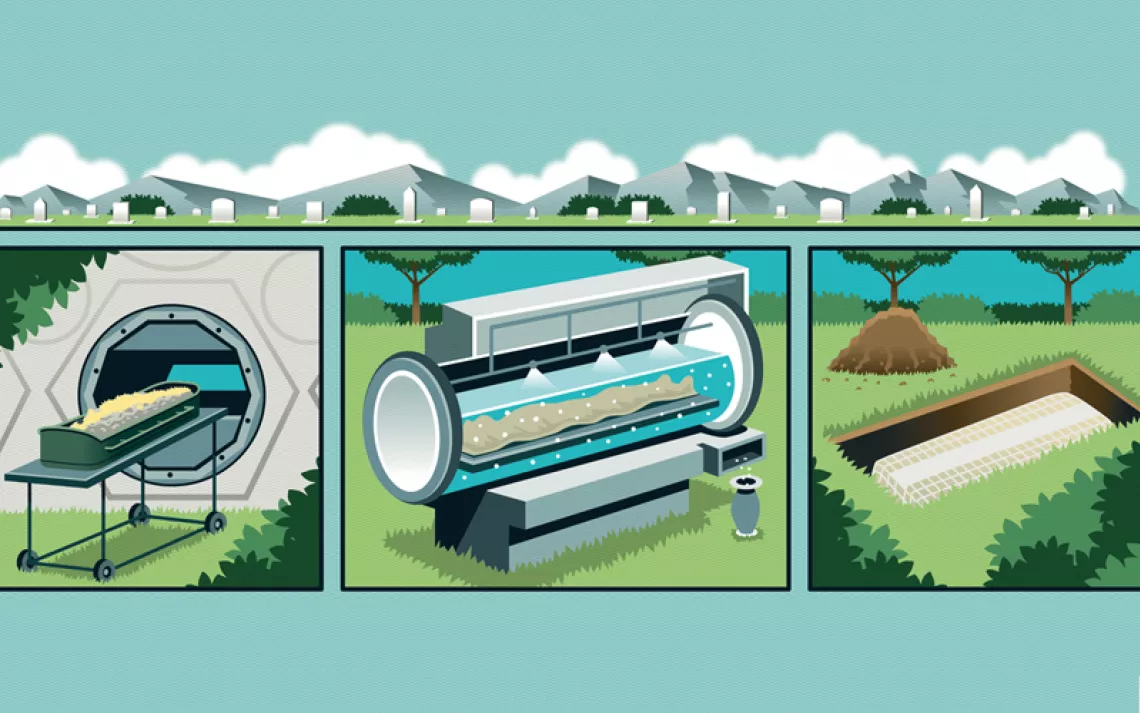How Can I Recycle Foam?

Photo by iStockphoto/t-Laura
Hey Mr. Green,
Is there a practical way to recycle that polystyrene foam used in packaging? The recycling center in our rural community doesn’t accept it. These aren't the “peanut” packings, which I reuse, but rather those large sheets and form-fitting blocks for shipping items like computers and TVs.
—Eric in Sonoita, Arizona
Even if your local center doesn’t take expanded polystyrene foam (EPS), you can find places that recycle it on a list of drop-off locations from the Alliance of Foam Packaging Recyclers.
Of course, it'd be crazy to make a special trip to a site that accepts the stuff for the simple reason that burning the gas to get there will offset the advantages of recycling. But if you’re going to be near the recycling places anyway, then it makes sense to cart the foam along.
You can also ship foam to locations listed at the Alliance's site; click on "Mail-Back Recycling." Shipping takes resources too, but there's still a net savings over using virgin supplies.
For those who prefer to recycle the “peanut” plastic, the Plastic Loose Fill Council provides a list of locations (someday I’ll inquire into this apparent schism between the rigid-foam folks and the peanut people and get back to you on that).
Another reason it’s a good idea to ship the material back to a recycler instead of the dump is because foam takes a lot of landfill space, thanks to its greatest virtue, super light weight: About 98% of foam is air. While this plastic foam accounts for less than 1% of the weight of landfill material, its share of the volume is much higher. (Plastics account for more than 12% of some 160 million tons that are buried in our bulging dumps each year.)
Unfortunately, only about 6% of the foam used for consumer packaging is being recycled, while the overall rate, when you include industrial foam recycling, is just 12%. True, this is a far higher rate than most other plastics can claim, but surely we can do better.
Finally, since expanded polystyrene is an efficient packaging material, it seems a waste to use it for food and beverage containers, as these are not easily recycled (because of contamination). Worse yet, because litterbugs toss billions of these containers, it costs a huge amount of money to rake up all this plastic from our landscapes and shorelines, not to mention the harm to wild animals that swallow fragments of this plastic detritus—which, by the way, is often incorrectly called Styrofoam: that's Dow Chemical’s trade name for similar products.
 The Magazine of The Sierra Club
The Magazine of The Sierra Club



